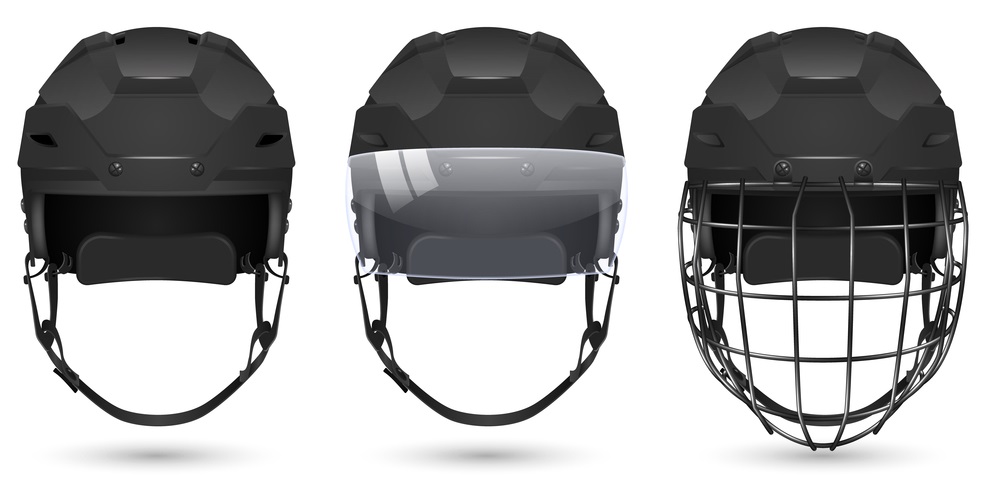Hockey helmets of Oversea Sport is here to ensure you have all the information you need to make the right purchase for your game. Whether you are looking for help choosing the perfect size, selecting the appropriate level gear, or improving your skills, Oversea Sports Hockey has the tools you need.
1. Helmet Fit
The first consideration when shopping for a hockey helmet is the fit. This is true with not just hockey helmets, but any helmet. If a helmet does not fit your head snugly, it will not stay in place if you hit your head, making it less effective for protection.
To make sure that a hockey helmet is the right size, you might need to try one on. If you are trying one on, expand the helmet’s settings to as big as it can go and then put it on your head. You then should slowly tighten the helmet to the point that it is snug. Snug means it should be tight and not able to move around your head if you shake your head, but also not be uncomfortable or painful. If your helmet is uncomfortable when you put it on, the size might be too small. Likewise, if you cannot tighten it to the point of snugness, the helmet is likely too big.
2. IMPACT PROTECTION
Remember that all helmets must be certified as providing a minimum level of protection, but no helmet is a guarantee against a head injury or concussion. It’s also important to note that the science behind hockey helmet ratings is the subject of much debate, with some people arguing the tests that produce the ratings do not mimic real-world hockey conditions. That said, these hockey helmet ratings do provide some level of comparison for consumers.
The safest hockey helmets are designed to protect the skull from impacts and to protect the brain against rotational acceleration, which is considered a prime cause of concussion. The shell—whether made of VN or PE—is the first line of defense, and some newer models also have a subshell for added impact resistance. The foam on the inside absorbs and distributes the force of the impact, as well.
3. Cages and Visors

Not all helmets come with cages or visors, but depending on where you are playing, you might need to have one. Just like the fit of the helmet, your helmet cage needs to fit correctly in order to offer full protection. The cage should close all the way to your chin, with the chin cup sitting securely on your chin. This will ensure that the helmet and cage don’t shift if you are hit in the face.
Something important to remember is that even if your helmet is one size, your cage might not be the same size. Even if you are buying a combo helmet, the helmet might fit you, but the cage does not. The cage also has to be smaller than the helmet’s size, not bigger. So you could have a large helmet with a medium or small cage, but can never have a small helmet with a large cage.
Concussion:
Before a hockey helmet can be approved to be sold, it has to pass a series of tests to prove that it will actually help you in the event that you hit your head. The impact-protection standard is a pass/fail system created by the Consumer Product Safety Commission.
Protection Level & Foam Lining:
The final consideration you need to make when shopping for the best hockey helmet is the protection level and the foam lining. Sometimes it is not how hard you hit your head, but howyou hit your head that can be the difference in receiving a concussion.
The protection level is what decides the type of hit that your helmet can take. Less expensive helmets often have a lower quality foam lining and therefore have a lower protection level than more expensive helmets do.
Regardless, helmets of all price ranges need to have protection against rotational impacts. Nearly all helmets are made to handle direct attacks, but few are made to handle a rotational hit. When looking at the protection level of a hockey helmet, pay close attention to the levels that are listed. Linear and direct protection is essential, but not enough.
